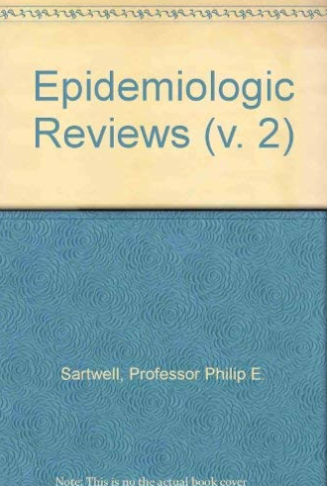加州球虫病综述:探索土地利用、人口流动和气候变化的交叉点。
IF 3.8
2区 医学
Q1 PUBLIC, ENVIRONMENTAL & OCCUPATIONAL HEALTH
引用次数: 24
摘要
加利福尼亚州的球虫病(山谷热)激增,这是一种由在全州土壤中发现的球虫免疫性真菌传播的疾病,尤其是在圣华金谷。在这篇论文中,我们回顾了对球虫病爆发和散发病例的流行病学研究,并考虑了它们与环境条件的可能关系,特别是该州日益干旱、干旱和野火的条件。我们回顾的大多数研究都与建筑、军事、考古和惩教机构环境中的职业性病例有关,在球虫免疫流行区,工人面临灰尘暴露。一些人回顾了与自然灾害粉尘暴露有关的普通人群中的疫情,包括与地震相关的山体滑坡和携带颗粒物远离流行地区的沙尘暴。尽管加利福尼亚州的许多球虫病疫情与职业有关,但在干旱、流行地区,不断变化的人口结构和新的免疫幼稚人群可能会使普通人群接触到球虫免疫孢子。鉴于大部分健康工人的感染率很高,由一些老年人和免疫功能低下的人组成的普通人群可能面临额外的风险。随着干旱和野火等气候相关事件在流行地区也在增加,未来的研究需要解决这些现象与球虫病爆发之间的可能联系。本文章由计算机程序翻译,如有差异,请以英文原文为准。
A Review of Coccidioidomycosis in California: Exploring the Intersection of Land-use, Population Movement, and Climate Change.
California has seen a surge in coccidioidomycosis (Valley fever), a disease spread by the Coccidioides Immitis fungus found in soil throughout the state, particularly in the San Joaquin Valley. In this paper, we reviewed epidemiologic studies examining outbreak and sporadic cases of coccidioidomycosis and considered their possible relationship to environmental conditions, particularly the state's growing aridity, drought and wildfire conditions. Most of the studies we reviewed pertained to cases occupationally-acquired in construction, military, archeological and correctional institutional settings where workers faced exposure to dust in Coccidioides Immitis-endemic areas. A few reviewed outbreaks in the general population related to dust exposure from natural disasters, including an earthquake-associated landslide and a dust storm that carried particles long distances from endemic areas. Although many of California's coccidioidomycosis outbreaks have been occupationally-related, changing demographics and new, immunologically-naive populations in dry, endemic areas could expose the general population to Coccidioides Immitis spores. Given the high rate of infection among largely healthy workers, the general population, comprised of some elderly and immunocompromised individuals, could face additional risk. With climate-related events like drought and wildfires also increasing in endemic areas, future research is needed to address the possible associations between these phenomena and coccidioidomycosis outbreaks.
求助全文
通过发布文献求助,成功后即可免费获取论文全文。
去求助
来源期刊

Epidemiologic Reviews
医学-公共卫生、环境卫生与职业卫生
CiteScore
8.10
自引率
0.00%
发文量
10
期刊介绍:
Epidemiologic Reviews is a leading review journal in public health. Published once a year, issues collect review articles on a particular subject. Recent issues have focused on The Obesity Epidemic, Epidemiologic Research on Health Disparities, and Epidemiologic Approaches to Global Health.
 求助内容:
求助内容: 应助结果提醒方式:
应助结果提醒方式:


